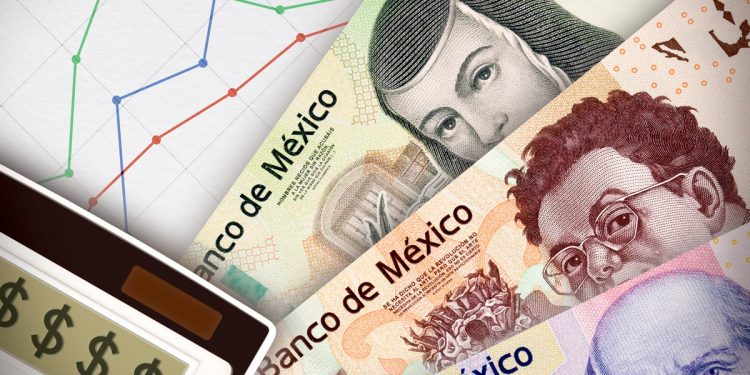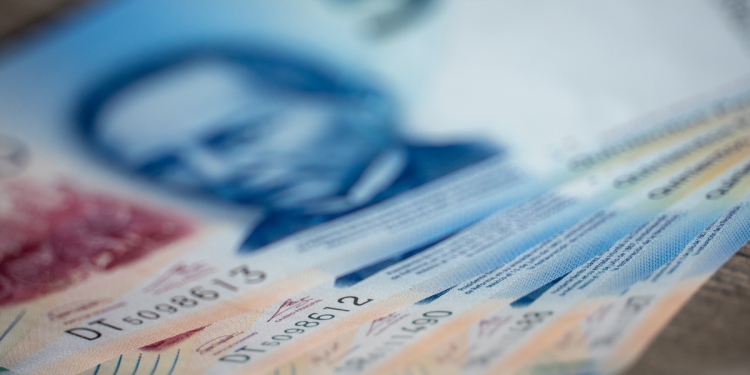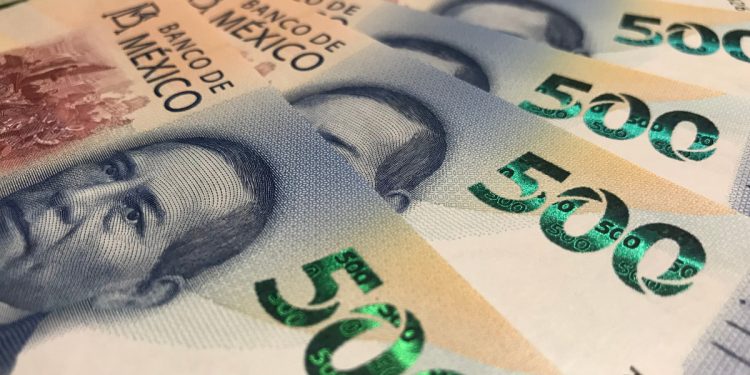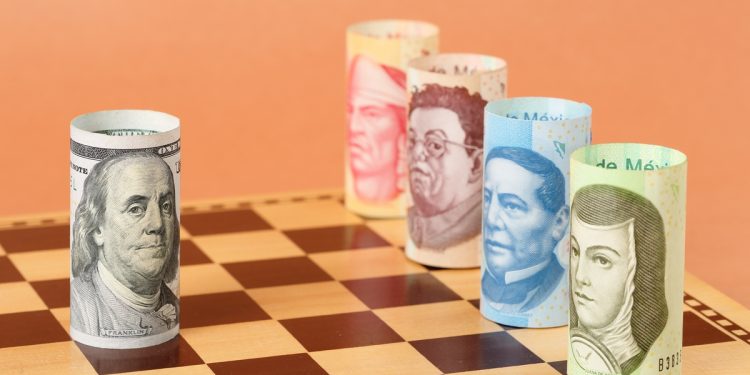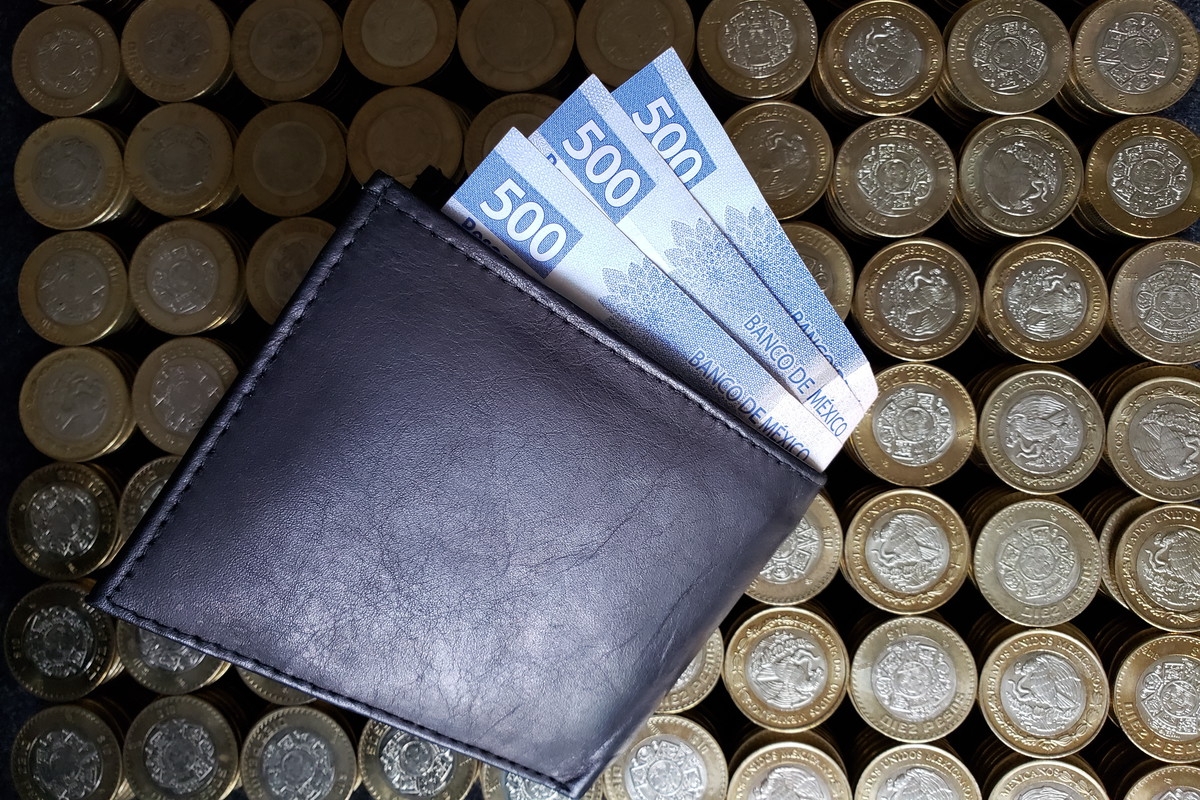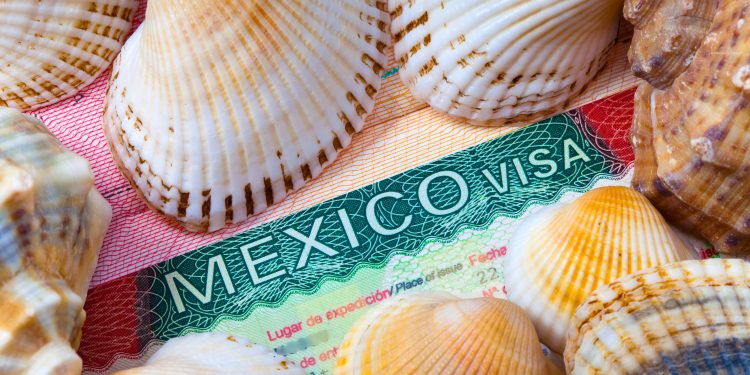The peso-dollar exchange rate remained reasonably stable in 2019, despite a lack of economic growth and a lot of noise in the news about the financial difficulties of the state-owned oil company Pemex, which could also cause problems for the government’s international credit ratings.
The lowest the dollar fell against the peso was about $18.75, and the highest rate was $20.15 pesos per dollar, making it the smallest range between minimum and maximum rates in 10 years.
The exchange rate at the end of 2019 closed at $18.90 pesos per dollar; when in 2018 it closed at $19.66. The average daily exchange rate in 2019 was $19.26 pesos to the dollar, compared with an average daily exchange rate of $19.24 in 2018: when measured using a daily average, data show that Mexico’s pesos has remained remarkably stable over the last 24 months.
Several things helped to make the peso one of the best-performing currencies against the US dollar in 2019. The government made efforts to keep to its budget deficit targets, even when this meant holding back some spending to avoid having to take on new debt. Tax revenue was less than expected because the economy didn’t grow.
The Bank of Mexico started cutting interest rates, but these remain relatively high and encourage buying of peso-denominated government bonds by investors seeking returns on their money. Other sources of dollar income —including international travelers and remittances from Mexicans abroad— increased despite the economic stagnation in Mexico, and the trade balance was positive, i.e., Mexico exported more goods than in imported.
Things that could help the peso this year include the ratification of the US, Mexico, Canada trade agreement, which was negotiated to replace NAFTA. By reducing —but not eliminating— the risk of US trade sanctions, the agreement could encourage investment in Mexico which has been lacking. An improvement in economic growth would help government finances, as would success by Pemex in raising its oil production. Conversely, the opposite outcomes for these events could be negative for the currency.
According to the central bank’s December poll of private economists, the exchange rate is expected to end this year at 20 pesos to the dollar, although that estimate will almost certainly change as the year progresses, since the forecasts tend to move with observed rates. As we have mentioned in these pages before, exchange-rate predictions are subject to many uncertainties, and are seldom accurate.
The Bank of Mexico publishes indicative daily rates for the peso against a number of other currencies, including the Canadian dollar, the euro, and the yen.
Mexico’s peso is a free-floating currency on world foreign exchange markets; it’s among the world’s top-10 most-traded currencies and is the most-traded of Latin America’s currencies.
This article is an extract from a chapter in the 2020 Mexico Cost of Living Guide, published by Mexperience and available as a free eBook download.
The complete guide to the cost of living in Mexico for 2020 – Now a free eBook!
This year’s guide to the cost of living is being offered as a free download to our readers. Learn more about the Guide to the Cost of Living in Mexico and download a free copy of the guide from our Mexico eBooks section.
Mexico in your inbox
Our free newsletter about Mexico brings you a monthly round-up of recently published stories and opportunities, as well as gems from our archives.

